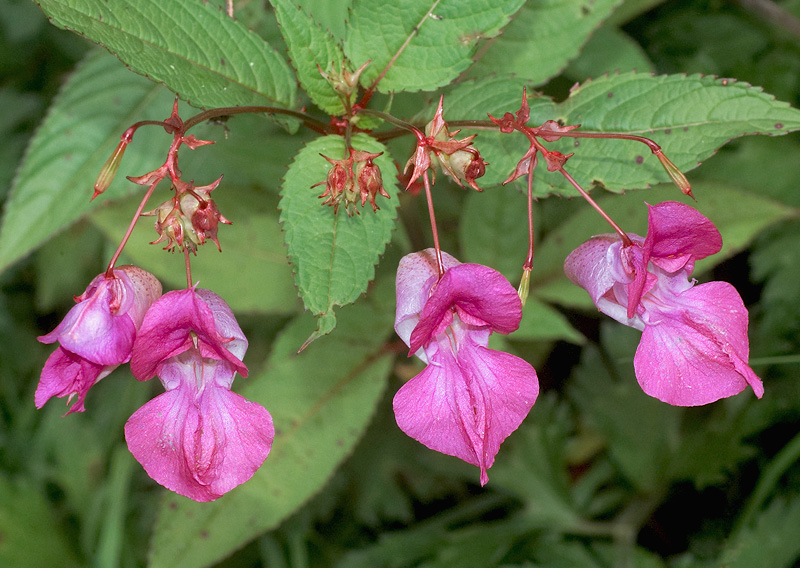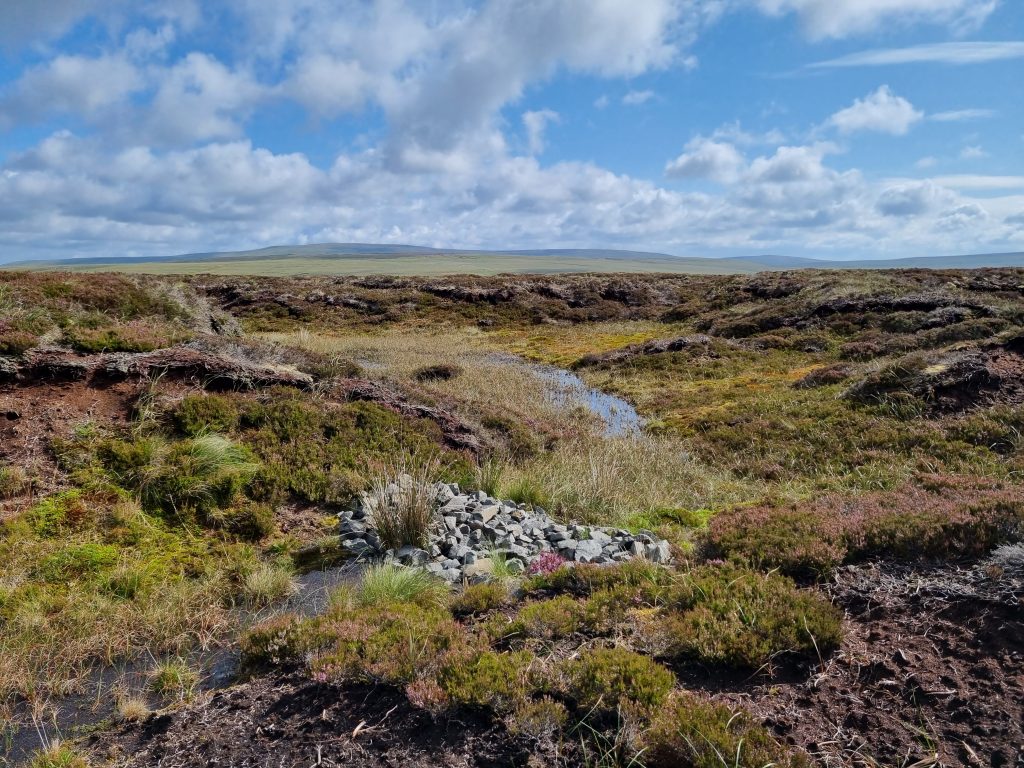What we do
Natural heritage in the Allen Valleys Landscape Partnership Scheme
The Allen Valleys have outstanding nature conservation interest. Almost 50% of the area is under international and national conservation designations, which is augmented by five Local Wildlife Sites. This reflects the importance of the area for breeding wading birds such as curlew, redshank and lapwing, as well as species-rich grasslands and important blanket bog habitats.
Changes in agriculture over the last 60 years, declining farm incomes and the legacy of the lead mining industry, have all contributed to a decline in the biodiversity and connectivity of habit in the Allen Valleys. Climate change poses an additional challenge for the future.
The scheme set out to help with the process of reversing these declines and focused on key elements of the Allen Valley landscape, namely:
- managing and increasing woodland, hedgerows and trees
- conserving our species-rich haymeadows
- reducing diffuse pollution entering rivers
- restoring our degraded peatland
- protecting our red squirrels
- encouraging our breeding wading birds, including lapwing and curlew
Woodland, trees & hedgerows
We worked with farmers and smallholders to make sure that our woodland was being managed well, to create new woodland in the right places and to increase our tree cover through hedgerow creation, restoration and individual tree planting.
- 23 hectares of new native woodland was planted
- 75 hectares of Forestry Commission approved, woodland management plans were created
- Over 7km of hedgerows were restored or planted
- 650 in-field and hedgerow trees were planted
- At Deneholme Wood we developed a management plan which led to the 3 hectare woodland being opened to the public for the first time and to a group of volunteers who now regularly work to look after the woodlan
Rivers
We worked with with landowners to protect eroding areas of riverbank using low-cost, low impact, green engineering techniques. We targeted areas where the eroding substrate contained heavy metals, or where erosion threatened public footpaths. We also installed fish passes to reduce barriers for migratory salmon and trout attempting to access spawning grounds upstream.
- 2.2km of riverbank were restored
- a major diffuse-pollution remediation schemes was completed at Carrshield
- Two new fish passes were installed to help migratory fish reach their spawning grounds.
Wading birds
The North Pennines AONB is one of the last strongholds of the Eurasian Curlew and provides nesting habitat for Lapwing, Oyster Catcher, Redshank and Snipe among others. We worked with farmers to provide management pans for wading birds, to help access agri-environment funding and to manage the critically important rush pastures on their farms.
- 32 farmers were supported with management plans
- 8 farmers were helped with agri-environment applications
- 30 breeding wader farm surveys were completed
- 475 hectares of rush management was undertaken – creating improved habitat for lapwing and other breeding wader
Hay meadow restoration
Upland haymeadows are a rare habitat throughout Europe and are recognised as of European importance. The very best of these meadows are very species-rich and differ from hay meadows in the lowlands in having several characteristic ‘northern’ species such as wood cranesbill, globeflower, marsh hawk’s-beard and melancholy thistle. East Allendale supports particularly good examples.
We worked with farmers and with Natural England to restore meadows with declining species diversity using green hay and with seeds gathered from local road verges.
- 15ha of upland hay meadow were restored
Red Squirrels
Red squirrels are still a feature of the Allen Valleys and particularly associated with some of the conifer plantations and riparian woodlands in the West Allen and the upper East Allen valley. Grey squirrels have now also arrived in the valleys and threaten the continued existence of the reds because of direct competition for food and through transmission of squirrel pox virus and adenovirus. Control of grey squirrel numbers and spread is the most effective form of red squirrel conservation.
We worked with Red Squirrels Northern England to develop a community and landowner based approach for monitoring and killing grey squirrels and for monitoring red squirrel numbers.
- Grey squirrel monitoring and control was increased and maintained
- Red squirrel sightings increased throughout the Allen Valleys
Peatland restoration
Moorland drainage has led to the erosion or degradation of peat in blanket bog in the project area. In addition to the damage to peatland habitats, this has affected water quality with increased peat solids both in suspension and in sediments in the East and West Allen. Future higher average annual temperatures and changes in rainfall patterns may also have a significant impact on the distribution and condition of peat. The breakdown of peat itself produces greenhouse gasses which further fuel climate change. Although most moorland drains in the Allen Valleys catchment have now been blocked, there are still areas of bare peat which are vulnerable to erosion.
We worked with landowners to create forward plans for peatland restoration and undertook some of that restoration work during the scheme using fencing to exclude grazing, blocking grips and gullies to slow water flow, stabilising bare peat slopes and re vegetating using heather brash and inoculating with sphagnum mosses.
- 900ha of restoration plans created
- 48ha of bare peat restoration











